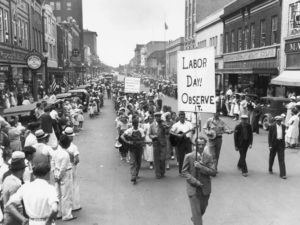Labor Stimulus Ended on Labor Day
Labor Day was a dreaded day for those who are currently unemployed because it marked the end of the second biggest Covid relief program – Unemployment Insurance.
The Unemployment Insurance program was put into place in March 2020 when the US was losing almost 1 million jobs per day and together with traditional unemployment, has since paid out $680 billion in stimulus. Unemployment pay on the program started at $600 per week and was later reduced to $300 in August 2020. In short, around 3 million Americans stopped receiving this $300 weekly check as of Labor Day. However, the $680 billion was not only paid out to ‘unemployed’ people. During the pandemic, congress opened the restrictions of the program to include self employed and temp workers who were able to show a decrease in income.
A House Divided
The expiration of the Unemployment Insurance program has turned into a hot button topic. Those who disagree with the expiration point to the low in jobs growth over the past few weeks and the rising Delta variant which could soon displace many in the service and hospitality industry. They see this as the government ripping the rug out from under a group of people who are just getting back on their feet. The opposing feels that the additional $300 per month was disincentivizing many to go back to work as the US sees one of its largest labor shortages ever. We will keep up to date as we see the effects in the labor market and unemployment as this rolls out.
The Rates
Mortgage Backed Securities are down today. Both the MBS market and the 10-Year are in crucial positions. MBS’s are sitting on top of a floor with a lot of room to the downside while the 10-Year is at a ceiling with room to the upside. Because of the risk of the technical driving rates higher, we are holding a locking bias.



